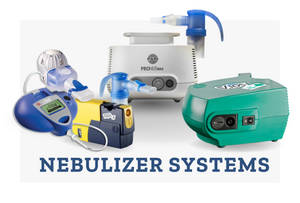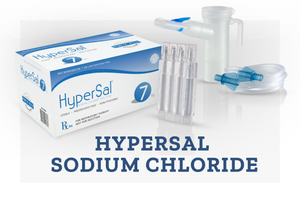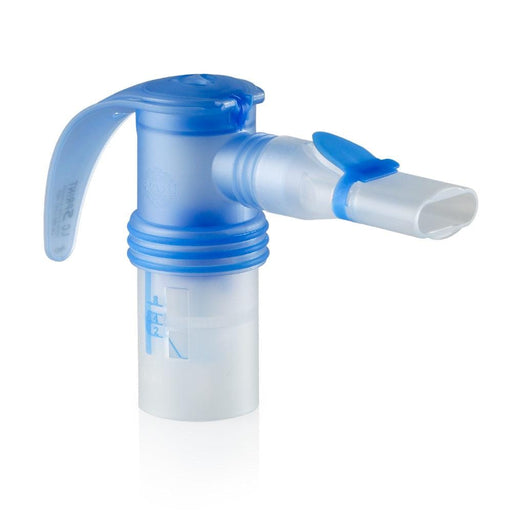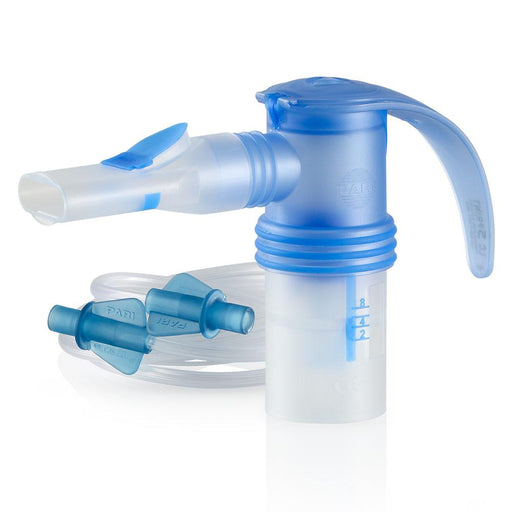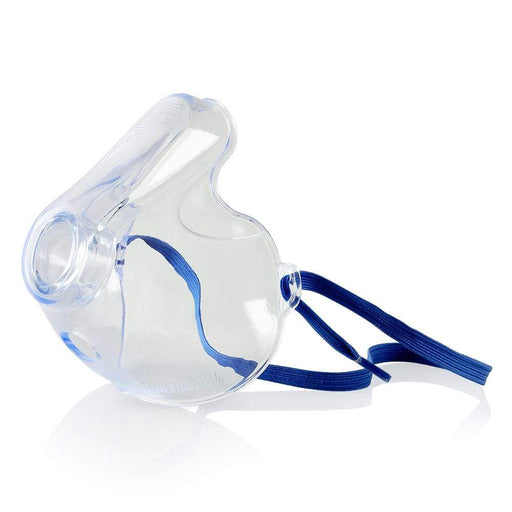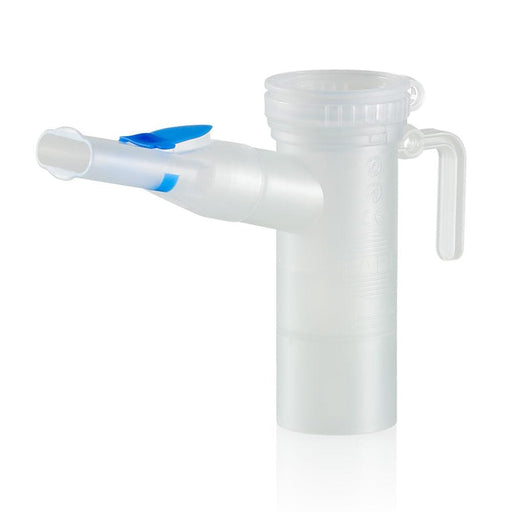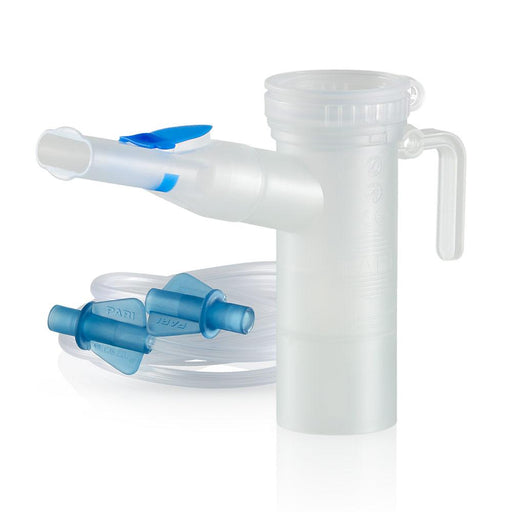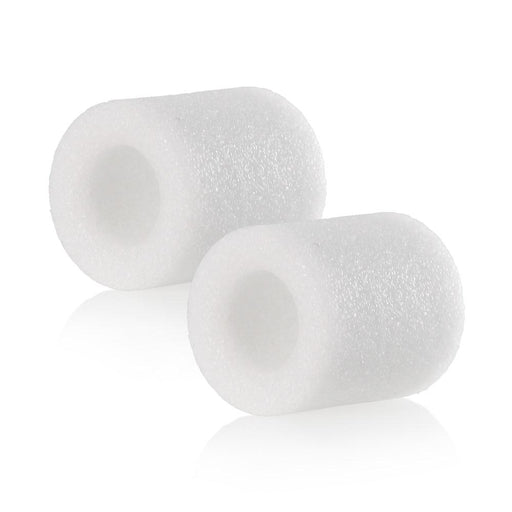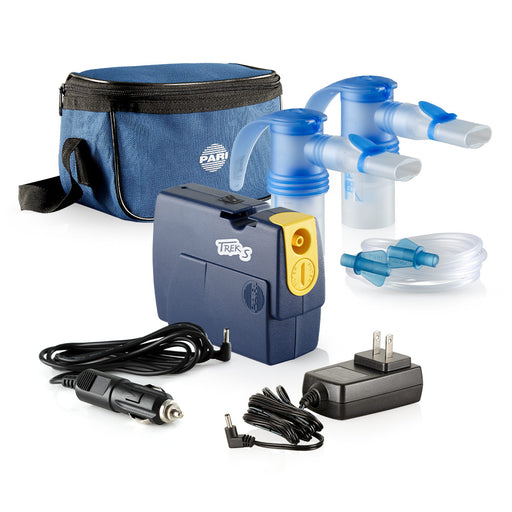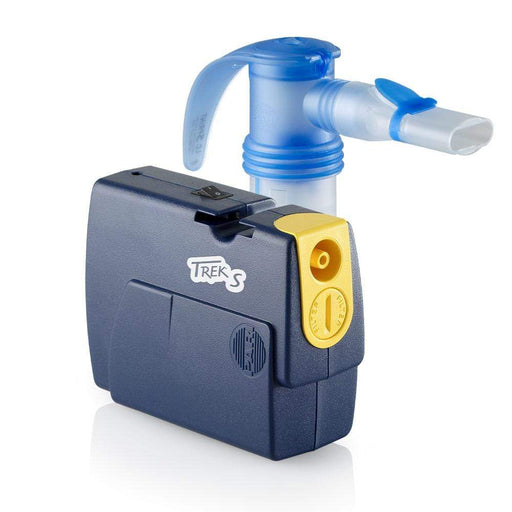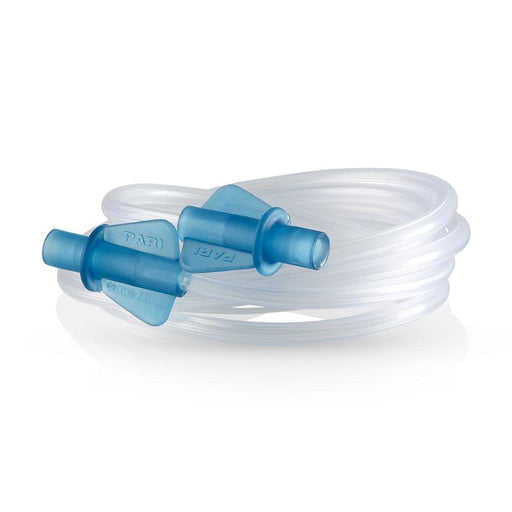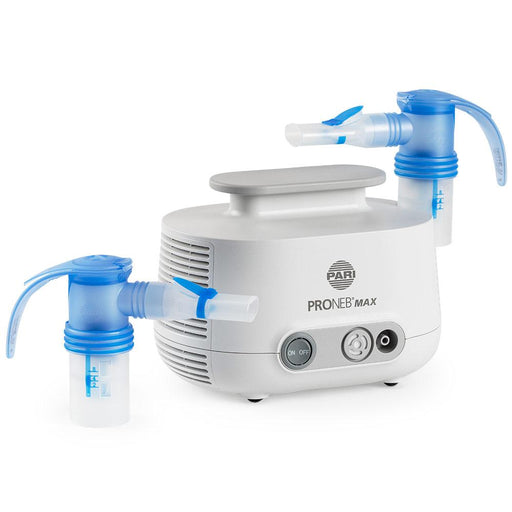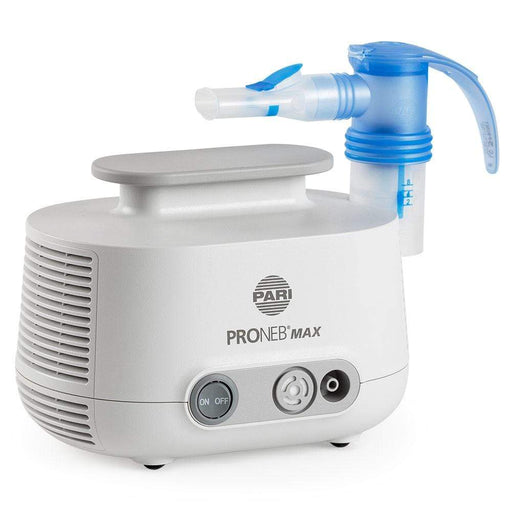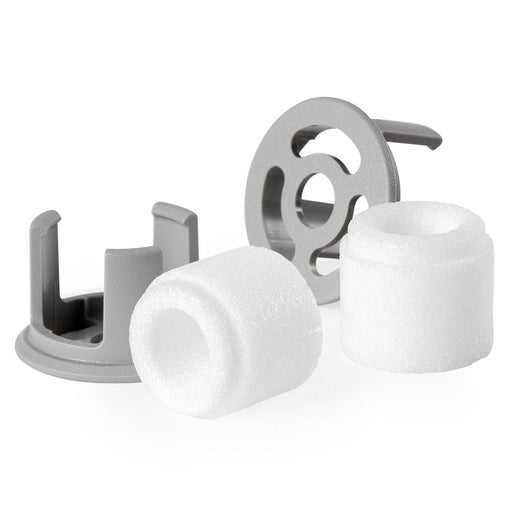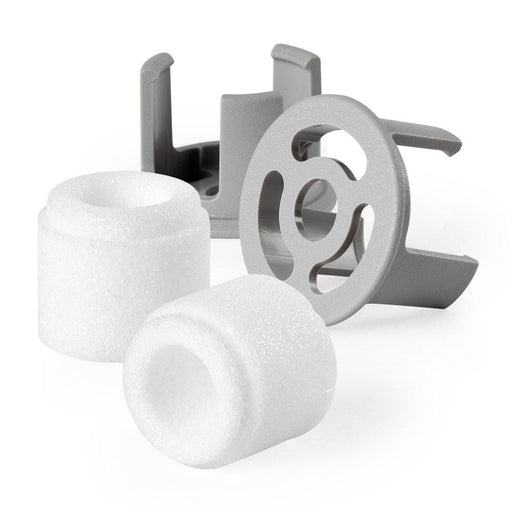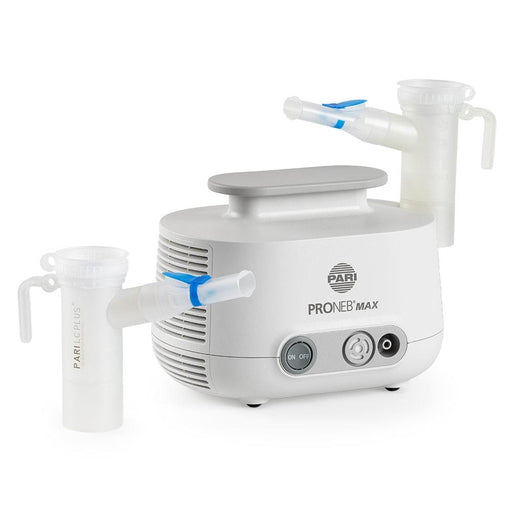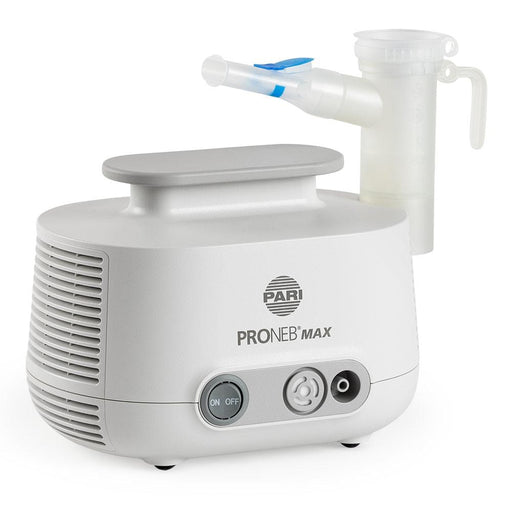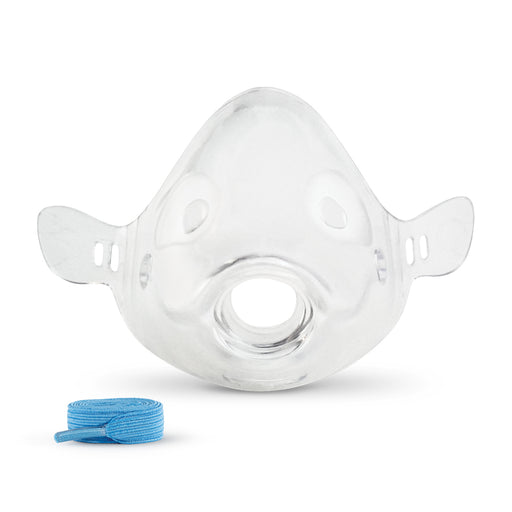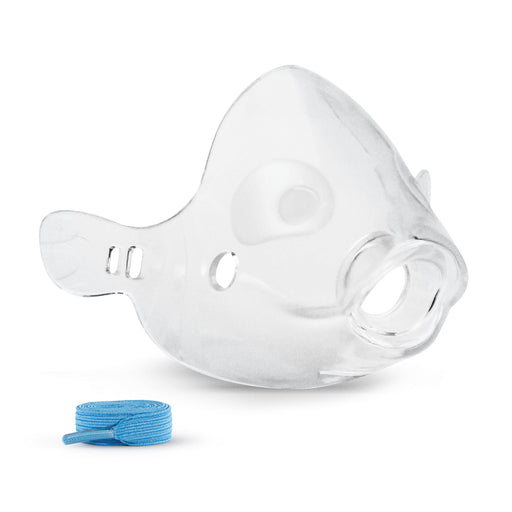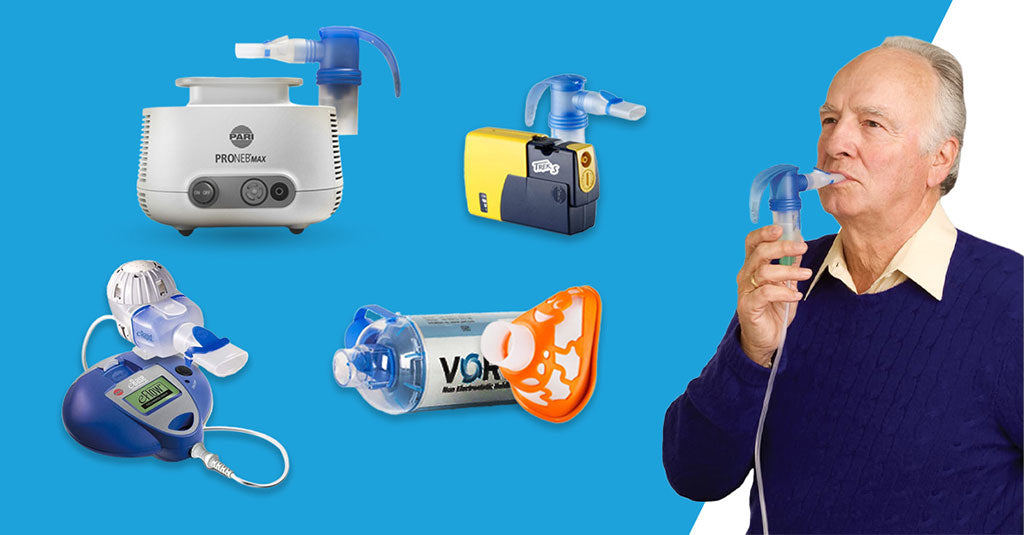
How to Breathe with a Nebulizer: Simple Techniques for Better Results
Many medicines used to treat asthma, chronic obstructive pulmonary disease (COPD), and other respiratory conditions are delivered directly into the lungs using an inhaler device. In many cases, how a patient breathes during the treatment affects how much of the medication reaches the intended treatment area. Advances in medical technology have improved the delivery of inhaler devices to make it easier for patients to get the medicine into their lungs instead of in their mouth, throat, or stomach – even when the patient uses a poor technique.
Choosing the right inhaler device is also essential because some devices are easier to use than others. Some devices even deliver the medication deep into the user's lungs, even if the person does not use proper breathing techniques. Still, using good breathing techniques can optimize the benefits of nebulizer treatments.
What Does a Nebulizer Do?
Nebulizer systems convert liquid medication into a fine mist that is easy to breathe deep into your lungs, where it provides the greatest benefit. Nebulizers also deliver medications to help control your respiratory symptoms, such as wheezing and cough.
These nebulizer machines are often easier to use than metered-dose inhalers (MDIs) or other handheld inhalers requiring the user to take a slow, deep breath as they press down on the inhaler. Using an MDI involves some degree of coordination, which can be difficult for some people with respiratory problems. Because they deliver a steady flow of aerosolized medication, nebulizers require much less coordination – the patient can breathe normally to draw the medication into their lungs. Even so, patients can improve their technique when nebulizing.
Breathing Techniques to Help You Get the Most Out of Your Nebulizer Treatments for Your Lower Respiratory Tract
Sit Up Straight
Doctors typically recommend sitting up straight while nebulizing to maximize the volume of the lungs. Leaning over and slouching squeezes your lungs to make them smaller and reduce lung capacity, which means you may not be getting all the medicine you possibly can into your lungs. Sitting up straight also helps the aerosolized medication to reach deeper into your lungs.
Test it Out
Turn your nebulizer system on and watch it to ensure that a spray comes from the mask or mouthpiece. Also, be sure to turn off your nebulizer while you put on the mask or prepare the mouthpiece.
Use a Mouthpiece Versus a Mask
Many healthcare professionals recommend using a mouthpiece rather than a mask. Place the mouthpiece between your teeth and seal your lips around it.
Create a Seal
When using a nebulizer machine with a mask, secure it tightly to create a seal around your nose and mouth, but loose enough to be comfortable.
Keep the Nebulizer in the Correct Position
Turn the nebulizer back on. Hold the nebulizer in an upright position to prevent the medicine from spilling out. Keeping the nebulizer and mask or mouthpiece in the correct position will also help the equipment distribute the medication correctly.
Pause When Inhaling
For respiratory conditions like asthma and COPD, breathe as normal through your mouth to draw the medicated mist into your lungs.
When possible, take four normal breaths, then take one slow, deep breath and hold it in for two to three seconds before exhaling. This pause in breathing allows more time for the medication to settle into your lungs.
Stop the treatment if you start coughing or if you feel lightheaded.
Nebulizer Breathing Techniques for Sinus Conditions
To treat sinus conditions, such as sinus infections, inhaling medicated mist through your nose provides the most benefit.
Continue the treatment until all of the medication is gone from the medication cup, which will take anywhere from five to 15 minutes. The nebulizer will begin to sputter as it runs out of medicine.
As with breathing treatments for your lower respiratory tract, stop the treatment if you start coughing or feel lightheaded.
Optimize the Results of Your Breathing Treatments with the Right Nebulizer Accessories
In addition to using breathing techniques, you can optimize the benefits of nebulizing by choosing the right nebulizer accessories. For example, people who have trouble holding a mouthpiece might not get as much medicine into their lungs and would benefit from using a nebulizer mask. However, some children may have a better technique when using a nebulizer and may not need one of these. PARI offers a complete line of sinus systems that make it easy to deliver medication to your upper airway.
Holding chambers are another accessory that maximize the delivery of your medications and can even help overcome any inconsistent or incorrect breathing techniques. They work by creating an environment that briefly suspends the medicated mist inside the chamber, making the medication more “available” for the patient to inhale.
Consistency is also essential when it comes to nebulizer systems. For optimal breathing, you will need reliable, durable equipment that provides the most medicine to your upper or lower airway. For instance, the PRONEB® Max Aerosol Delivery System has a heavy-duty motor that can handle several treatments a day.
When it comes to nebulizers and breathing techniques, consistency is key. Portable nebulizers, like the PARI Trek S Portable Nebulizer System, can help you stick to your breathing treatment schedule by nebulizing in your car or hotel while on vacation or running errands. Reliable parts, such as clean filters and battery packs, are also necessary for consistent results from your nebulizer treatments.
SHOP CLINICALLY PROVEN NEBULIZER SYSTEMS & SUPPLIES
-
PARI LC Sprint Reusable Nebulizer Cup & Tubing: Speed & Comfort Combined
Original price $15.95 - Original price $15.95Original price$15.95$15.95 - $15.95Current price $15.95In stockOriginal price $15.95 - Original price $15.95Original price$15.95$15.95 - $15.95Current price $15.95 -
PARI LC Adult Aerosol Mask: Comfortable, Effective Medication Delivery
Original price $6.00 - Original price $6.00Original price$6.00$6.00 - $6.00Current price $6.00In stockOriginal price $6.00 - Original price $6.00Original price$6.00$6.00 - $6.00Current price $6.00 -
PARI LC Plus Reusable Nebulizer Cup & Tubing: Reliable Aerosol Delivery
Original price $15.95 - Original price $15.95Original price$15.95$15.95 - $15.95Current price $15.95In stockOriginal price $15.95 - Original price $15.95Original price$15.95$15.95 - $15.95Current price $15.95 -
Filters for PARI Vios, Ultra II, and Trek S System - 2 Per Package
Original price $9.45 - Original price $9.45Original price$9.45$9.45 - $9.45Current price $9.45In stockOriginal price $9.45 - Original price $9.45Original price$9.45$9.45 - $9.45Current price $9.45 -
PARI Trek S Portable Nebulizer System with LC Sprint: High-Quality On-the-Go Therapy
Original price $79.00 - Original price $189.00Original price$79.00 - $189.00$79.00 - $189.00Current price $79.00In stockOriginal price $79.00 - Original price $189.00Original price$79.00 - $189.00$79.00 - $189.00Current price $79.00 -
PARI Wing Tip Tubing: Secure, Tangle-Free Connection for Better Treatments
Original price $8.00 - Original price $8.00Original price$8.00$8.00 - $8.00Current price $8.00In stockOriginal price $8.00 - Original price $8.00Original price$8.00$8.00 - $8.00Current price $8.00 -
PARI PRONEB Max Nebulizer System with LC Sprint: Powerful & Efficient
Original price $99.00Original price $99.00 - Original price $99.00Original price $99.00Current price $84.99$84.99 - $84.99Current price $84.99In stockOriginal price $99.00Original price $99.00 - Original price $99.00Original price $99.00Current price $84.99$84.99 - $84.99Current price $84.99Sale -
Filters for PARI PRONEB Max System (2 Per Package): Clean, Efficient Treatments
Original price $9.95 - Original price $9.95Original price$9.95$9.95 - $9.95Current price $9.95In stockOriginal price $9.95 - Original price $9.95Original price$9.95$9.95 - $9.95Current price $9.95 -
PARI PRONEB Max Nebulizer System with LC Plus: Effective Heavy-Duty Therapy
Original price $99.00Original price $99.00 - Original price $99.00Original price $99.00Current price $84.99$84.99 - $84.99Current price $84.99In stockOriginal price $99.00Original price $99.00 - Original price $99.00Original price $99.00Current price $84.99$84.99 - $84.99Current price $84.99Sale -
PARI Bubbles Pediatric Aerosol Mask: Gentle, Fun Treatments for Kids
Original price $5.95 - Original price $5.95Original price$5.95$5.95 - $5.95Current price $5.95In stockOriginal price $5.95 - Original price $5.95Original price$5.95$5.95 - $5.95Current price $5.95

